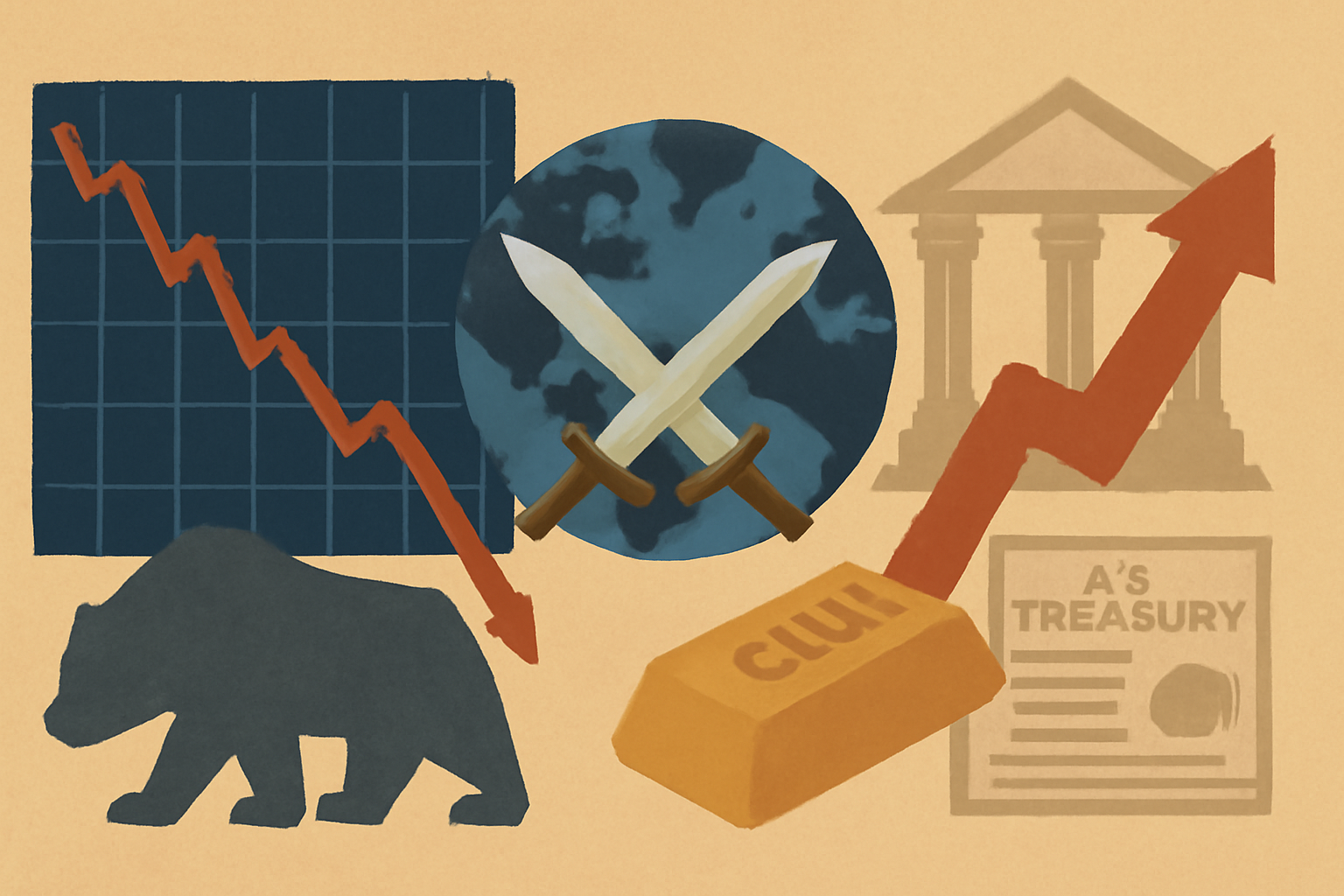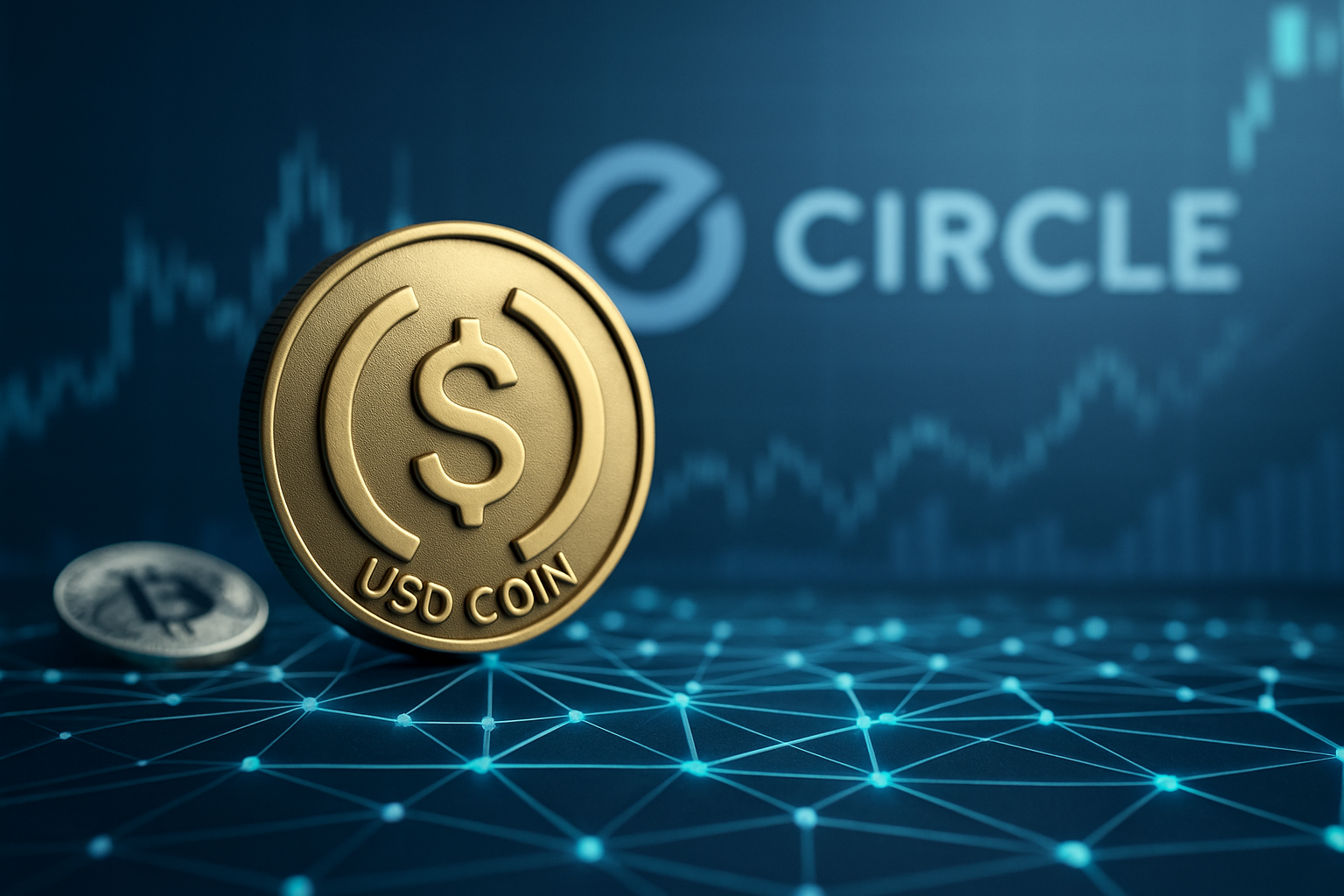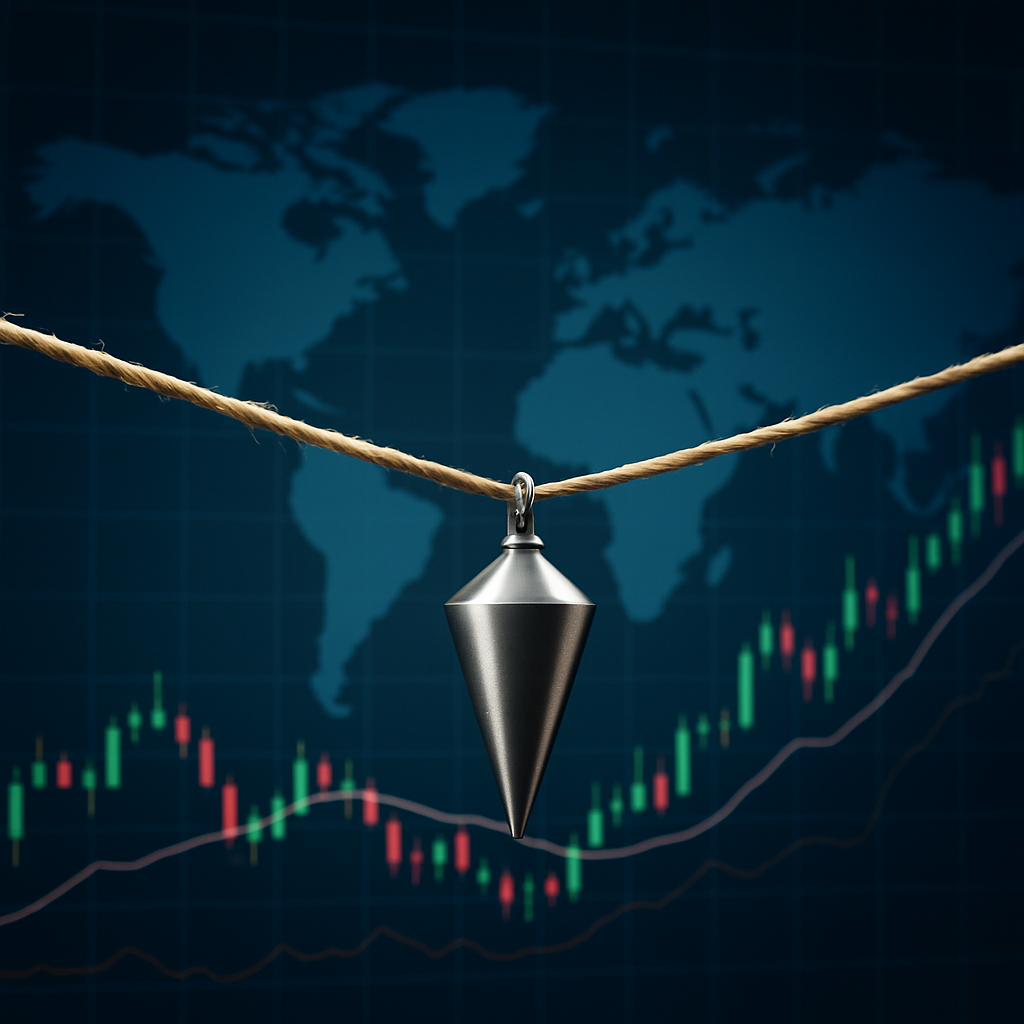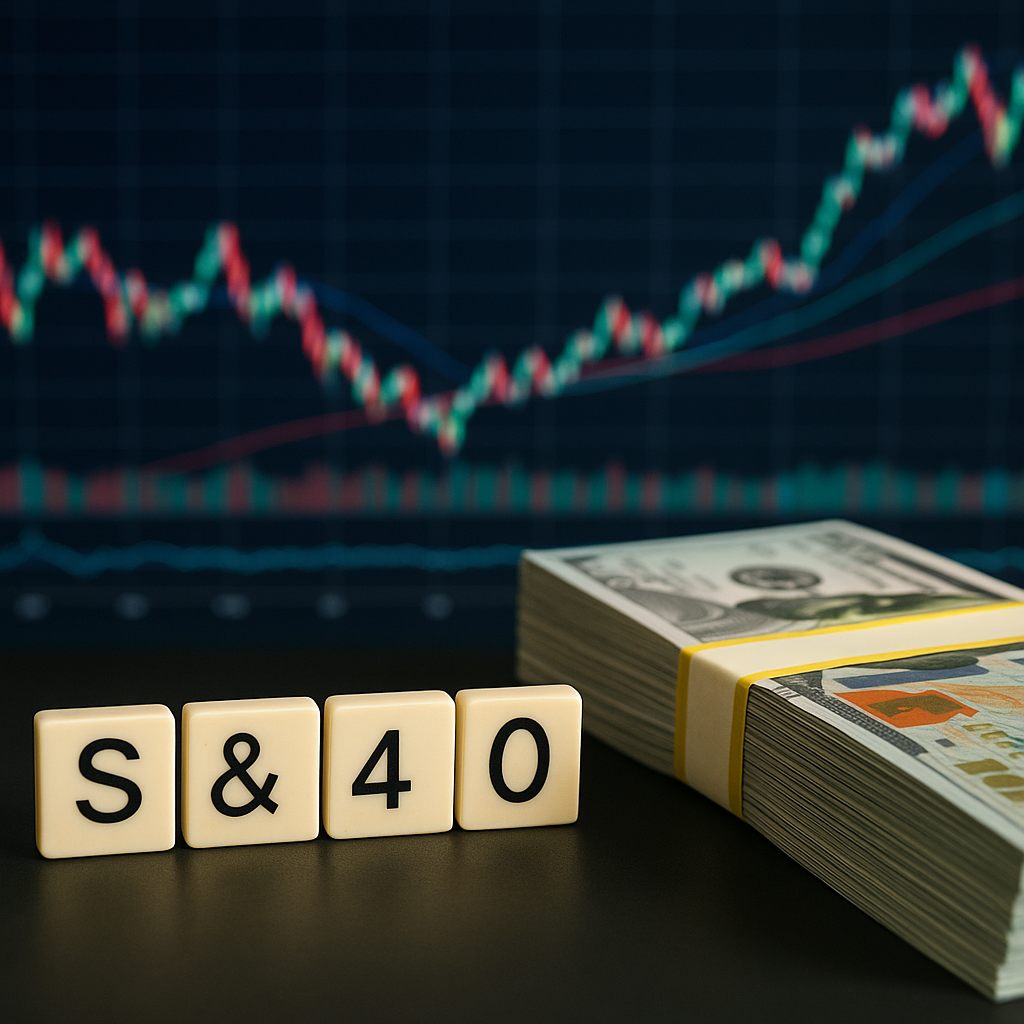Markets Waver Under Pressure from Global Tensions and Hawkish Central Banks
Markets entered this week on edge, grappling with a sharp uptick in geopolitical risk and renewed hawkishness from major central banks. Investors are increasingly retreating into safe-haven assets as headlines warn of deepening conflict in the Middle East, rising global tariff threats, and tightening monetary conditions from the Federal Reserve, Bank of England, Swiss National Bank, and Norges Bank.
The result? Equities stalled, bond yields stayed volatile, and risk appetite sharply contracted. As headlines swirl and inflation fears linger, market sentiment is increasingly defensive.
“It’s a cocktail of macro stressors—investors are facing war risks, fiscal uncertainty, and unclear inflation trajectories all at once,” said Priya Misra, global head of rates strategy at TD Securities, in a note to clients published by Bloomberg.
Monetary Tightening and Rate Path Uncertainty Add Fuel to the Fire
While the geopolitical backdrop dominates headlines, central banks are quietly reinforcing their hawkish bias. The U.S. Federal Reserve kept rates steady last week but signaled only one rate cut for 2025, a notable pullback from earlier projections. Meanwhile, the Bank of England and Swiss National Bank held their policy rates steady despite growing calls for easing. The Norges Bank took a more hawkish tone, citing persistent inflation and wage growth in Norway.
These moves highlight a broad trend among developed economies: monetary authorities are willing to maintain tighter conditions longer to combat inflation, even at the cost of short-term growth.
In its June policy release, the Fed forecast just one rate cut in 2025, down from three in earlier projections, citing “persistent core inflation and upside risks tied to energy markets and wage pressure.”
“The central bank consensus is clear: inflation remains sticky, and they won’t be rushed into easing,” said James Athey, investment director at Abrdn, to Reuters. “That’s not what equity bulls want to hear.”
Geopolitical Risks Surge Amid U.S. and Middle East Tensions
Rising tensions in the Middle East are proving to be a wild card. Reports that the U.S. may deepen its involvement in regional conflicts—including possible air and naval support in the Gulf—are pushing energy prices higher and triggering risk-off flows.
Brent crude rose above $89/barrel, while safe-haven assets like gold climbed to $2,400/oz, reflecting investor unease. Defense-related stocks (e.g., Lockheed Martin, Northrop Grumman) saw modest upticks, while broader indices, including the S&P 500 and NASDAQ, pulled back from recent highs.
According to the Wall Street Journal, U.S. intelligence assessments this week show “rising probability of strategic escalation,” especially with the Straits of Hormuz increasingly at risk.
Meanwhile, tariff tensions are bubbling beneath the surface. U.S.–China trade friction has re-escalated, and whispers of potential new duties on key tech components (including rare earths and EV batteries) are creating fresh concerns over supply chain resilience—particularly for North American manufacturers and semiconductor firms.
Why This Matters for Investors
Volatility has returned with force. The CBOE Volatility Index (VIX) climbed to its highest level since early April, while the MOVE Index, which measures bond market volatility, remains elevated above its 3-month average.
Investor behavior is responding accordingly:
- Inflation-protected securities (TIPS) and long-dated Treasuries saw inflows this week as inflation-hedging returned to favor.
- Gold ETFs (e.g., GLD) recorded the largest single-day inflow since March, per data from ETF.com.
- Sector rotation is underway—investors are favoring utilities, consumer staples, and defense, while rotating out of tech, small caps, and cyclical growth.
Key Investment Insight
In this environment of rising geopolitical stress and unclear rate direction, defensive positioning is not just prudent—it’s strategic. Investors should consider:
- Inflation-linked bonds or TIPS ETFs (e.g., SCHP, VTIP) to hedge against persistent price pressures.
- High-quality dividend-paying equities in recession-resistant sectors like healthcare, defense, and utilities.
- Global macro or multi-asset funds with dynamic risk exposure and geographic flexibility.
- Gold and precious metals, which continue to act as a hedge amid fiscal and military uncertainty.
Short-term volatility is likely to remain elevated until there is clarity on both the geopolitical front and central bank forward guidance.
Stay Informed. Stay Ahead.
As global tensions and rate paths continue to evolve, MoneyNews.Today brings you daily, data-backed insights that empower smart investment decisions. Follow us to cut through market noise and stay ahead of risk and opportunity.





